The Story Template

COPYRIGHT 2011 Amy Deardon
All rights reserved. Printed in the United States of America. No part of this book may be used or reproduced in any manner whatsoever without written permission from the publisher.
ISBN 13: 978-0-9818997-4-9
Library of Congress Control Number: 2011931881
LIMIT OF LIABILITY/DISCLAIMER OF WARRANTY: The publisher and the author make no representations or warranties with respect to the accuracy or completeness of the contents of this work and specifically disclaim all warranties of fitness for a particular purpose. This work is sold with the understanding that the author or publisher is not engaged in rendering legal, advice-based, or other professional services. If professional assistance is required, the services of a competent professional person should be sought. Neither the publisher nor the author should be liable for damages arising herefrom. The fact that an individual, organization or website is referred to in this work as a citation and/or a potential source of further information does not mean that the author or the publisher endorses the information, the organization or the website.
Publishers Cataloging-in-Publication data
Deardon, Amy.
The story template : conquer writers block using the universal structure of story.
p. cm.
Includes index.
ISBN 978-0-9818997-4-9
1. Fiction --Authorship. 2. Fiction --Technique. 3. Plots (Drama, novel, etc.). 4. Motion picture authorship. 5. Motion picture plays --Technique. 6. Writers block. I. Title.
PN3355 .D26 2011
808.3 dc22 2011931881
Dedication
To You, the Writer
Table of Contents
Introduction
Writing a novel or screenplay sounds like a great idea until you sit down to start. Where do you start? Many different methods exist to write the story, ranging from extensive preplanning to venturing onto the first page without an idea. This book describes an approach to developing storylaid out as a sequential series of exercises to facilitate implementationthat you can use whether you prefer a structured or loose approach to writing. You can use it at the start to develop an idea fragment, or later to rescue a partial or completed manuscript that doesnt seem to be working. The method works whether you want to write plot-driven (genre) or character-driven (literary) stories. It enables you to efficiently use your time and creativity by breaking down the process of story building into a logical plan. You will not waste time sitting at your keyboard, wondering what you should write and how you can organize your ideas into a complete manuscript.
The idea for this book originated from my own learning process in producing a novel. Having written scientific articles, newspaper columns, and other nonfiction, when I decided to write a novel I was surprised by how difficult it was to get the words down. I tried outlining, and I tried just going ahead. I had wonderful ideas, but although the scenes I wrote were exciting the story itself often seemed somehow wrong. I threw out more pages than I care to remember. Through sheer grit I finished the novel, but when I thought about writing another my heart sank. I decided to first solve the problem of understanding how story worked.
I chose twenty entertaining, modern novels in different genres, and fifteen more-or-less recent films (and Ive since confirmed my preliminary observations with tens of more stories). One at a time, I took them apart: I made a list of each scene, then did a word count or timed the scene, calculated percentages and other statistics, and graphed each story onto a five page chart. I studied each storys progression, then compared the progressions of different stories to determine common pathways. I also read all that I could on constructing stories. The writing how-to literature was heavy on techniques (plotting, point of view, characterization, dialogue)all of which are importantbut there wasnt much on blending it all together. Screenwriting how-to books were stronger on structure, but still didnt give me all I needed.
I studied story after story, puzzling out how they were built. First, I identified elements called story posts, and found that these posts fell reliably within the timing of the whole. Then I found consistent trends of progression in the plot, as well as consistent trends of development and interactions in the characters. My biggest surprise, in fact, was finding just how unvarying were the underlying levels of the story. I also identified a unit of story construction I call a bubble that bridges the gap between the high concept ideas for the story and individual scenes.
Once I had my background knowledge, I coached students to develop their stories, and thereby constructed an algorithm for the practical application of this theory.
So, what is this story template that is the title of this book? Is this a formula or blueprint you can mindlessly follow, like a paint-by-numbers canvas?
In a word, no. I like to call what I found a template since it describes the shape or progression, on a deep level, of virtually all stories. Recognizing this pattern in a story is something I liken to sketching a face. An artist will tell you that a persons eyes are about halfway down the head, and are separated by another eye width. The bottom of the nose is halfway between the eyes and the chin, the mouth is proportionally between the nose and the chin and extends to imaginary vertical lines drawn below the eyes pupils, the tips of the ears hit about eyelid level, earlobe tips at bottom-nose level, and on and on. Faces are infinitely varied, yet if the artist ignores these rough proportions, no matter how carefully sketched the face will always look wrong. Similarly, you will use the template to ensure that your story elements are proportionally correct and all present. The template gives you a guide, but never dictates, what you can write.

Getting the story shape right is the first, and (in my opinion) the hardest step to writing a gripping novel or screenplay. Without good structure, the story tends to meander without a point: although it may have high action, it is characterized by low tension.
You may want to first read this entire book to get an overview of story before starting with the exercises. Keep in mind that shaping a story is intensive work, and it will take you weeks or even months to get your story organized. This is normal. Dont get discouraged, and dont skimp on the exercises. Take your time to thoroughly work through each step. At the end, your story will be much stronger, and the actual writing will go like a dream.
This book is not sufficient for producing a finished story ready for publication or production. You will need to master further writing techniques such as characterization, description, dialogue, transitions, editing, etc. I will touch upon a few of these to give you some direction, but the only way to get really good is to practice. Fortunately, many excellent books are available for help. See to start.
Outline of The Plan
I like to use the metaphor of constructing a house to envision building a story. To assemble a house, you move from larger to smaller elements to sequentially put something together. Only after you have worked through many tasks is it finally time to do the fine details of painting the windowsills and installing the wallpaper. Similarly, while you have ideas about character arcs and plot twists, and maybe youve even written some scenes, you will be well served to develop a direction before writing through your manuscript. If you write your first draft as the ideas occur to you, then this will comprise your story planning. Youll find that you probably dont have enough material to form an entire novel or screenplay, and even if you do it may not hang together. Believe me, this is a laborious and frustrating way to go.
Next page
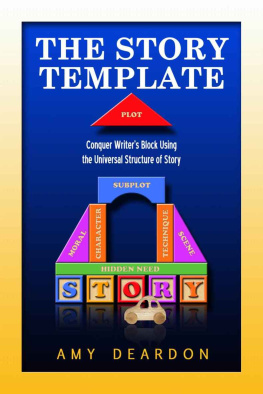


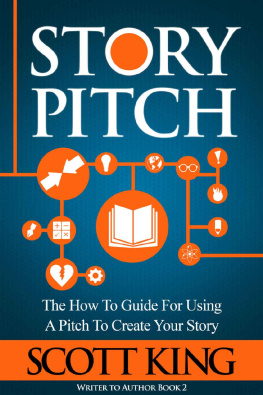
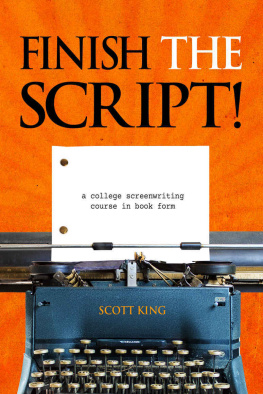
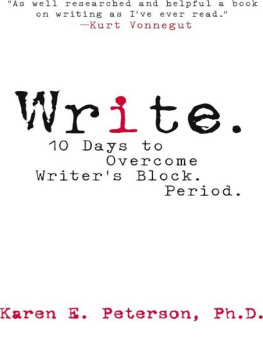
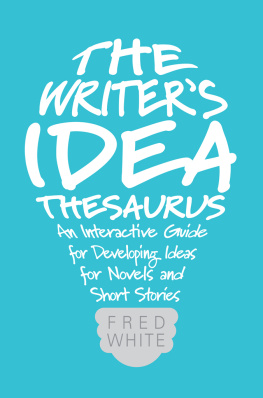
![Watt - The 90-day screenplay : [from concept to polish]](/uploads/posts/book/103527/thumbs/watt-the-90-day-screenplay-from-concept-to.jpg)


